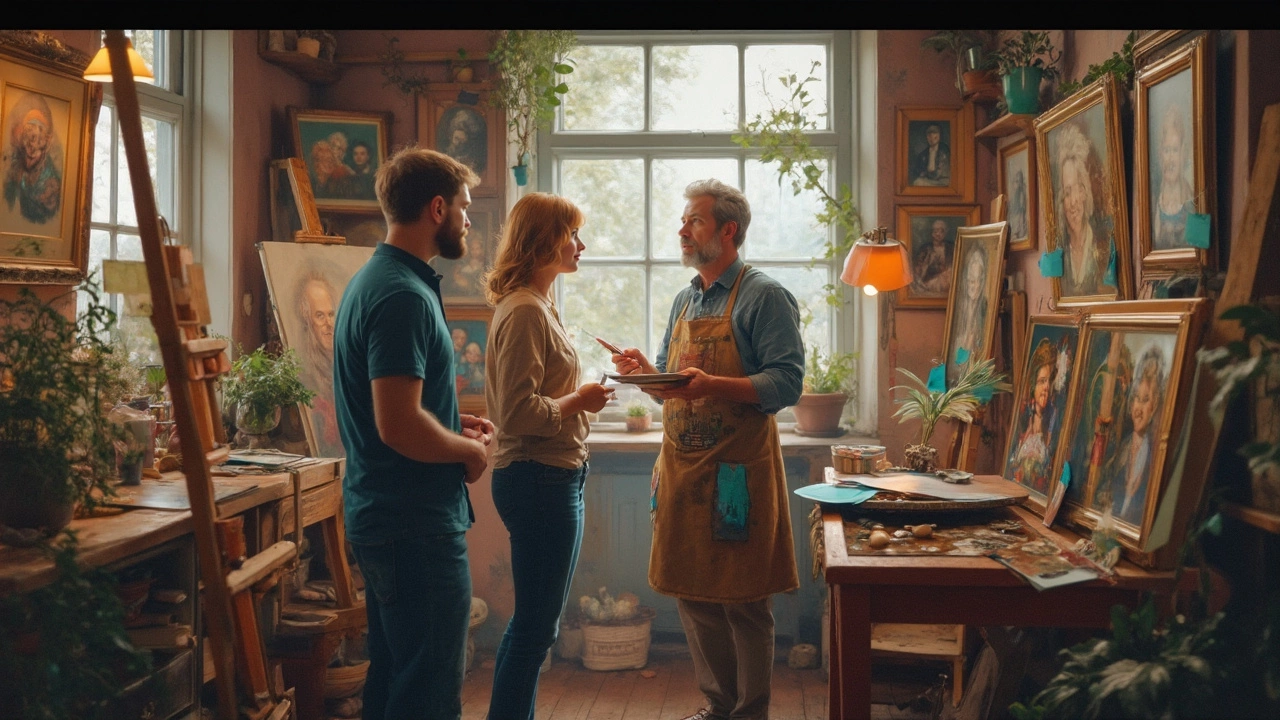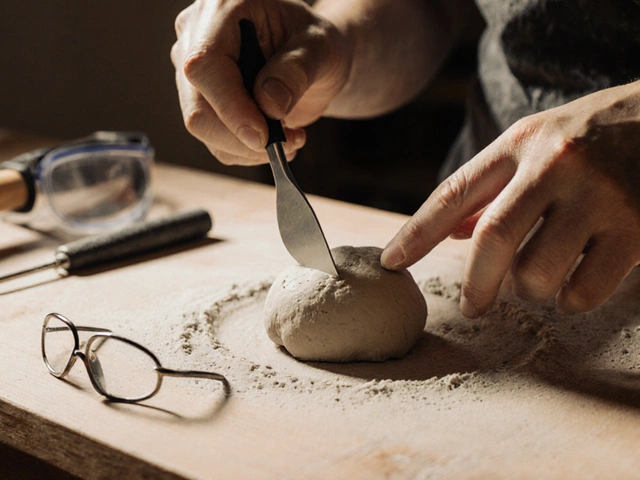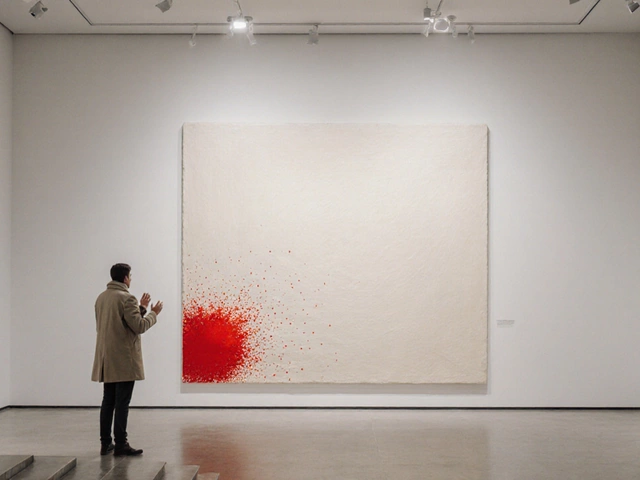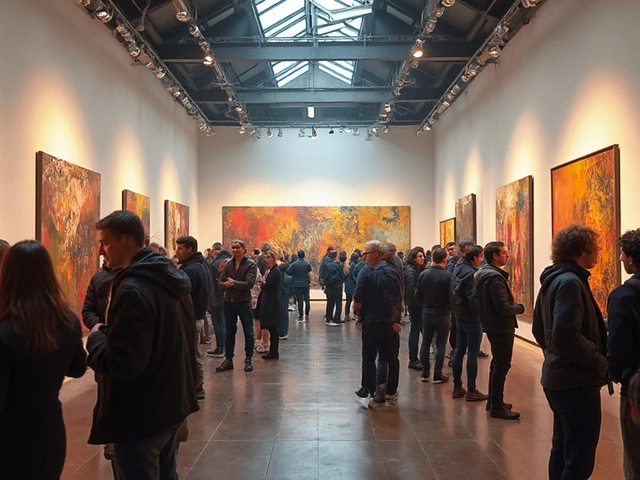Art Commission: What It Is and Why It Matters
When working with Art Commission, a custom agreement where a client hires an artist to create a specific piece. Also known as commissioned artwork, it sets clear expectations for scope, timeline, and payment.
If you're thinking about a art commission, you’re stepping into a partnership that blends your vision with an artist’s skill. An art commission involves a client and an artist, the client defines the idea, and the artist brings it to life. This simple exchange creates value for both sides: you get a unique piece, and the artist earns income while building a portfolio.
Digital Art Commissions and Their Fast Turnaround
One popular route today is digital art, art created using digital tools like tablets, software, or code. Digital art commissions often move faster because files can be shared instantly and revisions happen in real time. The workflow typically includes a brief, a sketch stage, color approval, and final delivery as a high‑resolution file. Because the medium is flexible, artists can experiment with styles ranging from cartoon to photorealism, giving clients a wide palette of options.
Digital art also expands the market for commissions. Online platforms let you browse portfolios, compare rates, and read reviews without leaving home. This accessibility means more creators can find work, and more collectors can afford custom pieces. The ease of sending drafts and receiving feedback makes the whole process smoother for everyone.
Another strong niche is portrait art, art that captures a person's likeness. Whether you want a family portrait, a pet illustration, or a stylized character, a portrait commission turns a memory into a keepsake. Artists often ask for reference photos and details about personality or setting to inject life into the work. Because portraits are deeply personal, clear communication about style—realistic, stylized, or abstract—helps avoid misunderstandings.
Portrait commissions also bring an emotional payoff. Clients report that hanging a custom portrait in their home creates a conversation piece and a lasting reminder of a moment. For artists, mastering portraiture can open doors to higher‑priced projects and repeat business from happy customers.
Moving from flat surfaces to three dimensions, sculpture, three‑dimensional artwork shaped from materials such as stone, metal, or clay commissions add a tactile layer to the experience. A sculpture commission usually starts with a concept sketch, a scale model, and material selection. Artists work closely with clients to decide on size, finish, and mounting options. The result is a lasting object that can be displayed indoors or outdoors, becoming a focal point of any space.
Because sculpture involves more logistics—shipping, installation, and durability concerns—contracts often include clauses about handling and insurance. This extra planning makes the collaboration feel more professional and ensures the artwork arrives in perfect condition.
Regardless of the medium, pricing and contracts are the backbone of a successful commission. Artists typically charge based on factors like size, complexity, time required, and material costs. Some use a flat fee, while others break it down into stages with deposits and final payments. A well‑written agreement details deliverables, revision limits, and timelines, protecting both parties from surprise disputes.
In recent years, trends like NFTs and online marketplaces have reshaped how commissions are marketed and paid. Artists can mint a commissioned piece as an NFT, giving the client both a digital asset and a proof of ownership. This hybrid approach blends traditional art with cutting‑edge tech, appealing to collectors who want something both physical and blockchain‑verified.
Getting started with an art commission is straightforward if you follow a few steps. First, define your idea clearly—include mood boards, color palettes, and reference images. Second, research artists whose style matches your vision; look at past commissions to gauge reliability. Third, discuss the budget openly; ask for a detailed quote and payment schedule. Fourth, set milestones for sketches, approvals, and final delivery. Finally, keep communication friendly and prompt—quick feedback speeds up the process and builds trust.By understanding the basics of art commissions, you can turn a vague concept into a tangible masterpiece, whether it’s a digital illustration, a portrait, or a sculpted object. Below you’ll find a curated selection of articles that dive deeper into pricing, workflow, and real‑world examples, giving you practical insights to make your next commission a smooth and rewarding experience.

Wondering if you’re getting a fair price for a portrait painting? This article breaks down what really goes into the price, from the artist’s experience to canvas size and style. Get tips on how to compare offers and spot a bargain from a rip-off. You’ll learn how custom options affect the final cost and what to ask before you order. Whether this is your first commission or you’re looking for a family keepsake, you’ll know what to expect.





